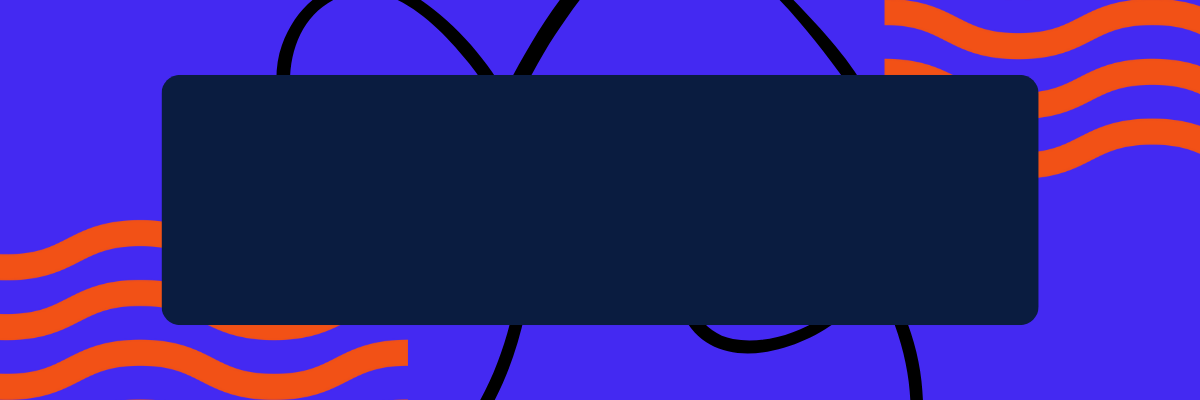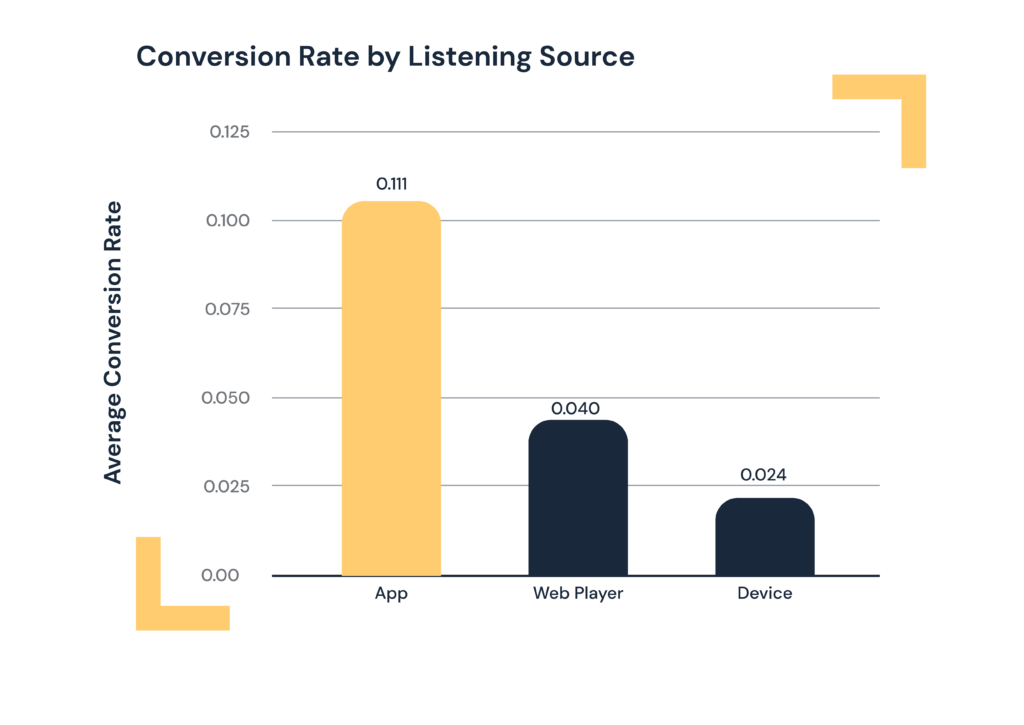This Week in the Business of Podcasting
The calm before the SXSW storm has arrived. Don’t forget to pack your toothbrush and various sundries next week if you’re joining us in Austin! Until then, let’s look at what’s happening this week:
Transparency. Performance. Automation.
Podcasting’s SXSW Splash in 2024
This Monday from Sara Guaglione at Digiday: Individual podcasts are no stranger to the annual SXSW mega-conference in Austin, TX, but the industry overall has yet to properly carve out its own place for the medium of podcasting. 2024 could be the year that changes that.
In addition to live show performances on Vox Media’s podcast stage and iHeartMedia hosting this year’s iHeartRadio Podcast Awards, Sounds Profitable will be hosting the Sound Summit. The day-long event will feature panels relating to the business of podcasting. A core goal of the Summit is to establish a formal foothold for podcasting as an industry at SXSW. If all goes well this year, the intention is to demonstrate podcasting’s power and justify a formal podcasting track at SXSW 2025.
A quote from Bryan Barletta on using Sound Summit to establish further momentum for the industry:
“We are working very, very hard to do right by podcasting, and help claim the space Trojan-horse style by buying our way into these spaces.”
The Sound Summit will take place Saturday, March 9th, at the Thompson hotel.
Radio and Podcasts Deliver Decision-Makers to B2B Marketing
This Monday from Pierre Bouvard at Cumulus Media: Radio and podcasting show they’re powerful tools to getting business-to-business messages to decision-makers.
An important thing to consider about B2B marketing is that it doesn’t create demand out of thin air. It gets a company’s name out in hopes of being known before they are needed. In a report focusing on the B2B side of audio, Bouvard points to some of the most successful AM/FM radio and podcast advertisers being B2B brands like Staples, Indeed, and ZipRecruiter.
According to Magellan AI data tracking podcast ad spend, B2B brands have spent $182 million in the past 14 months. And podcasting proves to be a well-stocked pond for B2B. According to the Scarborough USA Podcast Recontact Study from 2023, 85% of AM/FM radio listeners surveyed were decision makers at their business. Podcasting brought in 38%. Narrowing down to decision makers who deal with purchases, Edison Podcast Metrics for Q4 2023 found 53% of weekly podcast listeners participate in purchase decisions at work. And to top it all off: 17% of weekly podcast listeners surveyed were business owners.
Podcasting’s Place in Advertising as Google Closes the Cookie Jar
The impending death of third-party cookies and the viability of third-party data in podcasting is a mixed bag for advertising. Last week Ryan Barwick of Marketing Brew covered the case of Criteo, an adtech company that works on both the supply and demand sides of the industry with commercial and retail verticals. A recent earnings call signals they’re not optimistic about solutions like Google’s Privacy Sandbox acting as a cookie replacement, projecting an earnings impact due to signal loss of up to $40 million over the rest of the year.
Podcasting, meanwhile, is primed to experience a boon. Thanks to the industry’s ability to contextually identify, target, and offer brand safety and suitability that is unparalleled. There has been a big push in podcasting for contextualization and brand safety + suitability, but they’ve yet to gain mass adoption. With the shift away from cookies, companies like Integral Ad Sciences and their competitors become examples. It’s on podcasting to demand these capabilities be fully embraced and increase use across the board.
A quote from Krystina Rubino, General Manager of Offline Practice at Right Side Up on the death of cookies and how this impacts podcasting:
“Brands are being forced to get more creative in their measurement approach to get over and around cookies, in a way that’s very familiar to those already investing in audio and offline marketing. Brands who have been active in podcasting will continue to see strong performance assuming they are running optimized campaigns. And, brands who’ve dabbled or stayed on the sidelines may look to the medium to diversify their media mix once they start seeing diminished targeting accuracy, and as their measurement is more and more impacted by the coming changes.”
Another tool up podcasting sleeve is the adoption of Video Ad Serving Template tags. VAST as a creative format enables podcasting to replicate every aspect of what these tools offer in other mediums, with real time, advertiser- controlled decisioning. Which then pairs with the fact nearly every podcasting platform with dynamic ad insertion capabilities already support VAST tags directly, or through programmatic, making it all the easier for publishers to enable. Podcasting is geared to thrive in the post-cookie future, having lived and grown without them already to this point. How other channels will fare remains to be seen.
Keeping Audio Ads Simple for Better Attention Metrics
This Tuesday from Brad Hill at Rain News: A new study from Veritonic and AI firm RealEyes looks into how varying volume levels and complexity of audio ads affect attention. The Veritonic Audio Attention Report filmed survey participants to use RealEye’s facial recognition tech to track attention as respondents listened to four different ads. Each iteration of the ad changed the complexity and volume of different elements to gauge reactions to poor and high-quality production.
For the ad with the least volume, 32% of respondents found it less likable than normalized volume levels. 36% of respondents had the highest attention quality with the version of the ad with the highest voiceover volume. Keeping an ad creative engaging, but scaling back complexity and layered audio elements boosts the ad’s power.
A well-balanced, normalized ad is doubly important in podcasting, an industry with years of experience with show content clashing with high-volume ads.
Quick Hits
While they may not be top story material, the articles below from this week are definitely worth your time:
-
Urban, Suburban, Rural Listening Differences. A new weekly insight from Edison Research focuses on the ratio difference between AM/FM and podcasting’s share of daily listening time when broken down by environment.
-
Spotify’s $10bn advertising ambition — with UK sales chief Ed Couchman by Ella Sagar. Couchman shares Spotify’s long-term goals for advertising, including 10 billion dollars in ad revenue.
-
Online advertising spend reaches $14.7 billion in CY23. IAB Australia publishes new data from 2023 showing podcast investment increased 21.7% last year.










































































































































































































